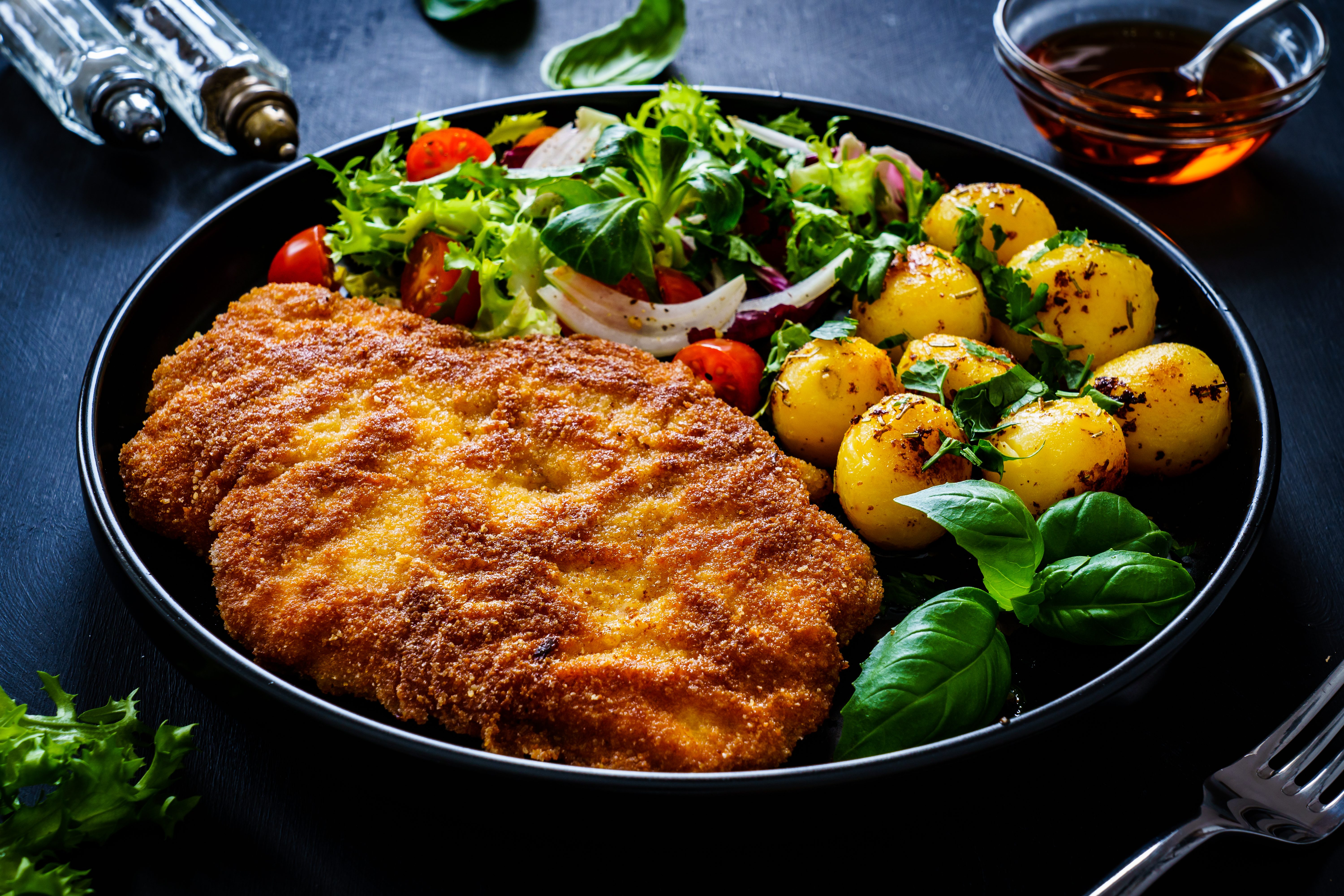Chop Chop! Guide to Slicing and Dicing
There are various terms used to describe cutting techniques. Some or more common than others, but professional chefs are expected to know them all. So if you want to expand your cheffy knowledge a bit, then it’s time to learn about a brunoise!
;Resize,width=742;)
A big part of meal preparation consists of cutting up proteins and vegetables. Having a food processor in the kitchen is useful, especially if you’re cooking up large batches of food (like soups or casseroles). But if you’re serious about cooking, then it’s time to invest in a decent knife. With a chef’s knife (also called a French knife), your cutting will be more precise, and your food will cook more evenly. It also makes your dish look better! Here’s a guide to help you!
There are various terms used to describe cutting techniques. Some or more common than others, but professional chefs are expected to know them all. So if you want to expand your cheffy knowledge a bit, then it’s time to learn about a brunoise!

Chop – this is the act of cutting up food into irregularly shaped pieces. You can chop food into various sizes, and in the professional kitchen, you’re expected the know each of these fancy terms. The head chef will simply instruct you to do a brunoise, and you should automatically know that this requires you to cut veggies in cubes of 1/8” x 1/8” x 1/8” (or 3 mm x 3 mm x 3 mm).

There is also a small dice of 1/4” cubes (or 6 mm cubes), a medium dice of 1/2” cubes (or 12 mm cubes), and a large dice of 3/4” cubes (or 2 cm cubes). Julienne is the size you use in a stir-fry, and are 2½“ strips that have a thickness of 1/8” x 1/8” (or 3 mm x 3 mm). Batonett are the next step up in size (1/4” x 1/4” x 2 ½” or 3 mm x 3 mm x 6 cm), while the French fry (or pomme frite) is the largest (1/2” square x 3” long or 8-12 mm x 7.5 cm).
Concasser (pronounced con-cass-say) – this is just a fancy term to say you’re chopping food coarsely.
Mince – also chopping, but into fine pieces.
Emincer (pronounced em-man-say) – even though this sounds more like mincing, it actually refers to cutting into thin slices.
Shred – home cooks mostly do this with a food processor, but it can also be done with a chef’s knife. It simply means to cut foods into thin strips.

Contrary to what you might expect, using a knife is actually faster than using a machine (since a lot of time goes into cleaning the equipment). It’s important to have complete control when using a large knife. One hand should be holding the knife, while the other hand is in control of the food item being cut. In order to protect the ‘holding hand’ from cuts, make sure your fingertips are curled under, out of the blade’s way.
Now that you have your terms underway, sharpen your cutting techniques by learning the correct way to cut an onion.
Cut the onion in half through the root end (but keep the root end intact, this will make the slicing easier!). Peel off the outer skin, place it on the counter (cut-side down), slicing through the top from front to back, towards the root end. Finish off by slicing the onion crossways. You will now have small cubes of onion!
;Resize,width=767;)

;Resize,width=712;)

